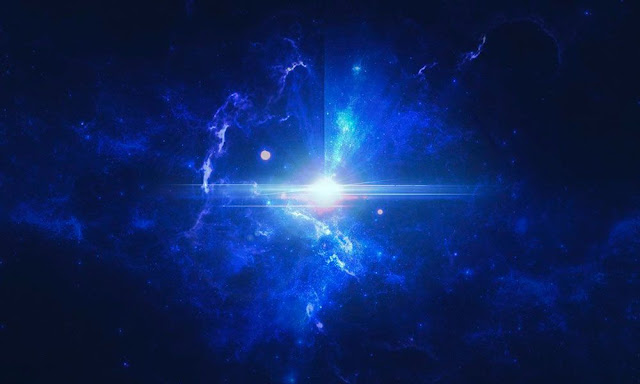Chinese military satellite disintegrates into more than 20 parts after collision with Russian space debris
Chinese military satellite disintegrates into more than 20 parts after collision with Russian space debris
#18SPCS has confirmed the breakup of YUNHAI 1-02 (#44547, 2019-063A), which occurred on March 18, 2021, at 0741 UTC. Tracking 21 associated pieces – analysis is ongoing. #spaceflightsafety #spacedebris @spacetrackorg
— 18 SPCS (@18SPCS) March 22, 2021
This kind of thing is not without precedent. Satellites do wreck in orbit, although it happens very rarely. In 2016, for example, Japan's Hitomi satellite spun out of control due to human error and shoddy software; the satellite spun violently out of control, causing it to break up. Interestingly, a similar scenario could have unfolded on the International Space Station a few weeks ago, when Russia's Nauka module began firing its thrusters shortly after docking.
Another possibility is that the Yunhai 1-02 satellite was deliberately shot down. China did exactly this in 2007 with an anti-satellite weapon (ASAT) to shoot down a weather satellite. The incident generated hundreds of debris and considerable international controversy. India did something similar in 2019, an incident that also resulted in a dangerous debris field in low Earth orbit.
A collision with space debris could explain the disappearance of Yunhai 1-02, and there is also precedent for such a scenario. In 2009, the Iridium 33 communications satellite crashed into Kosmos-2251, a Russian military communications satellite. NASA described the incident as the "most severe accidental fragmentation on record," as the collision produced more than 1800 pieces of debris larger than 10 cm.
Skillful research by Jonathan McDowell, a researcher at the Harvard-Smithsonian Center for Astrophysics, suggests that something similar happened to Yunhai 1-02, in which a piece of space debris crashed into the Chinese satellite. While scanning the Space-Track.org catalog (which contains data from the 18th Space Control Squadron), McDowell spotted an odd note about orbital debris object 1996-051Q (48078). The debris object was described as having "collided with a satellite."
Space-Track catalog updated today with a note for object 48078, 1996-051Q: "Collided with satellite".
— Jonathan McDowell (@planet4589) August 15, 2021
This is a new kind of comment entry - haven't seen such a comment for any other satellites before. Let's look a bit closer:




Comments
Post a Comment